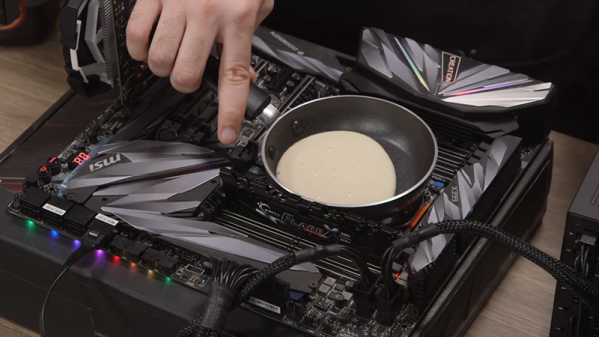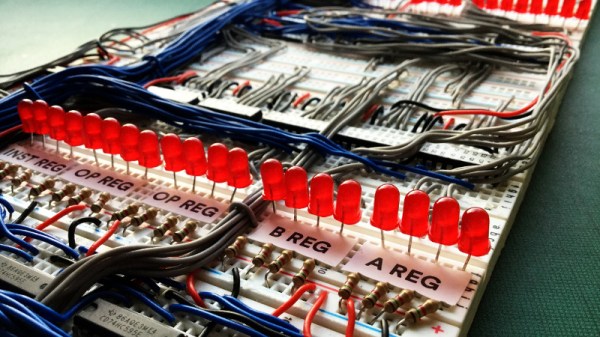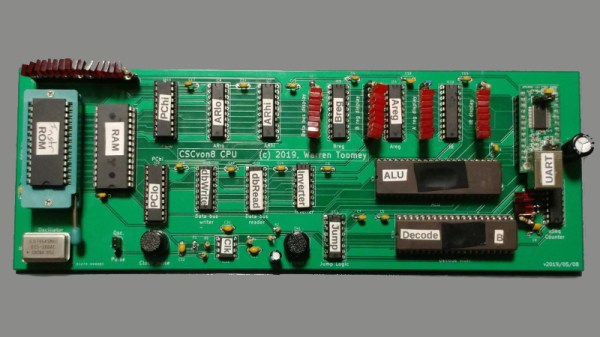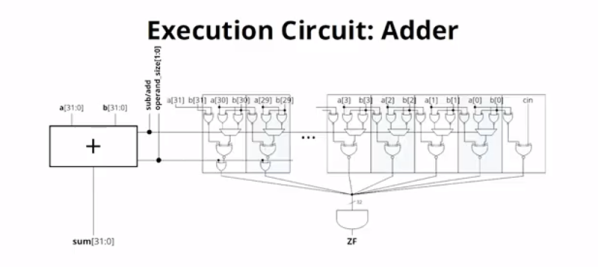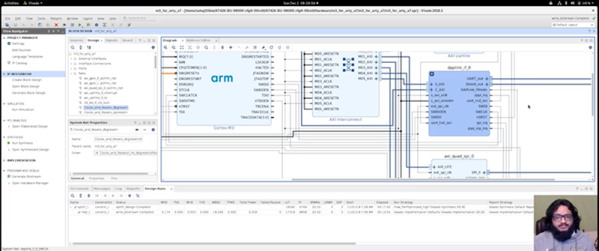If you ask people how they rate as a driver, most of them will say they are better than average. At first, that seems improbable until you realize one thing: people judge themselves by different criteria. So Sally thinks she’s a good driver because she goes fast. Tom’s never had a wreck. Alice never gets lost. You can see the same effect with CPUs. Some are faster or have more memory bandwidth or more instruction issues per cycle. But [Andrew] and [Scharon] at Tom’s Hardware wanted to do the real test of a CPU. How well can it cook pancakes? If you want to know, see the video below.
While your CPU might be great for playing video games, it has a surprisingly small cooking surface, so the guys needed a very small pan. The pan had grooves in it, so they slathered it with thermal grease. We doubt that’s food-grade grease, either. Continue reading “CPU Showdown For Pancakes”

